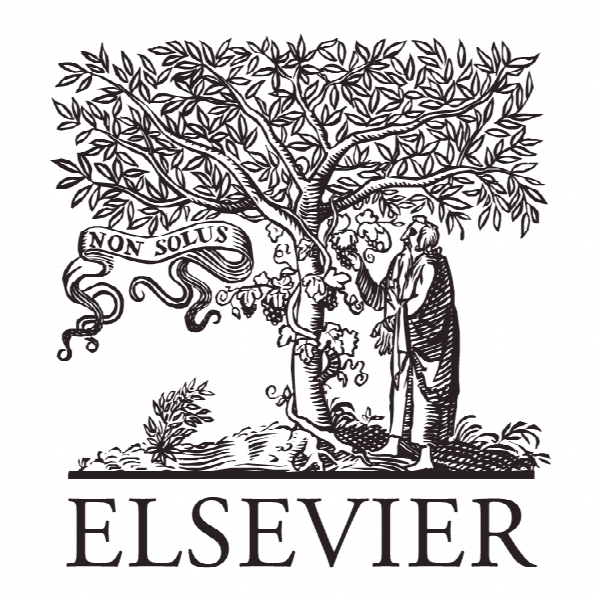فرایند خودکفائی در ورزش: بررسی پدیده Linsanity در تایوان Self-categorization process in sport: An examination of the ‘‘Linsanity’’ phenomenon in Taiwan
- نوع فایل : کتاب
- زبان : انگلیسی
- ناشر : Elsevier
- چاپ و سال / کشور: 2017
توضیحات
رشته های مرتبط تربیت بدنی
مجله مرور مدیریت ورزش – Sport Management Review
دانشگاه تایوان
نشریه نشریه الزویر
مجله مرور مدیریت ورزش – Sport Management Review
دانشگاه تایوان
نشریه نشریه الزویر
Description
1. Introduction In February 2012, Jeremy Lin led the New York Knicks to a winning streak of seven games in the National Basketball Association (NBA), becoming an international media sensation. Lin, an Asian American of Taiwanese ancestry, was undrafted to the NBA and waived by two teams before joining the New York Knicks (Roth & Martin, 2012). Positioned as a benchwarmer, he was even hours away from being released by the Knicks prior to his unexpected outstanding performance, which turned him into a rising star (Smith, 2012). He scored 136 points in his first five starts, setting an NBA scoring record since the NBA merged with the American Basketball Association in 1976 (ESPN, 2012). At the end of the 2011–12 NBA season, Lin earned a three-year contract worth $25 million with the Houston Rockets (Roth & Martin, 2012). Lin’s underdog story not only caught the attention of international media but also impressed sport fans (Park, 2012). Lin’s name created buzz for searches and discussions online, particularly during the period when the coinage of ‘‘Linsanity’’ by Time magazine appeared (Gregory, 2012). The ensuing media frenzy accelerated traffic to the Knicks’ official online store and increased sales of Knicks merchandize. The NBA’s Asian television partners, particularly in Taiwan, rushed to broadcast every Knicks games in their television lineups. Most importantly, Lin’s Facebook page attracted over 3.5 million fans internationally, with a majority (44.5%) of these fans from Taiwan alone (Socialbakers, 2015). Becoming a sport fan is a process during which individuals internalize a psychological connection to a team (i.e., team identification) based on its value and significance in sport (Funk & James, 2004; Turner, 1985). The process is concerned with learning and accepting a theme, belief, attitude, and norm shared by a group of team supporters (Wann, 2001). Consequentially, sport fans are likely to become consumers of sport through attending or watching games, purchasing teamlicensed products, joining fan communities, and consuming sports news because team identification is relevant to emotional attachment, group associations, and acculturation as well as socialization (Wann, 2001). Although previous research has focused on a sport team as the target of identification, Heere and James (2007) contend that there are external social identities (i.e., demographic categories and membership organizations) that influence consumers’ team identification and follow-up behaviors. Stodolska and Alexandris (2004) also suggest that a player’s culturally-specific identity, as a form of external social identity, can affect the extent to which international consumers identify with teams. Indeed, there have been many prior instances of international consumers following players from their respective countries, who embody their culturally-specific identity (e.g., Dong Fangzhou from China, Park Ji-Sung from South Korea, and Shinji Kazawa from Japan). After identifying with these players, consumers then build identification with the professional sport teams that recruited the players (e.g., Manchester United in the Premier League). It is important to understand the mechanism underlying such prevalent phenomena, given the rapid globalization of the sports marketplace. However, there has been scant research providing explicit empirical evidence to explain this social psychological process. The ‘‘Linsanity’’ phenomenon has received worldwide attention, due in part to Lin’s identity as an Asian American of Taiwanese ancestry attracting numerous international, particular Asian, consumers. As such, an in-depth investigation of how international consumers choose to show identification with players and teams, using the example of Taiwanese consumers in the context of the ‘‘Linsanity’’ phenomenon, can potentially shed light on an important aspect of international sport marketing. prototypical social identity (e.g., geographic, ethnic, and vocational identity) represented by the team (Heere & James, 2007). Extant research has examined various factors influencing team identification, such as the need for social relationships (Gwinner & Swanson, 2003), family and friends (Funk & James, 2001), as well as team history and performance (Underwood, Bond, & Baer, 2001). In terms of behavioral outcomes of team identification, individuals show evidence of increased knowledge about the team (Wann & Branscombe, 1995), favorable attitudes toward fellow fans (Funk & James, 2004), frequent involvement in team-related activities (Phua, 2012), and positive socio-psychological well-being (Wann, Dimmock, & Grove, 2003).


